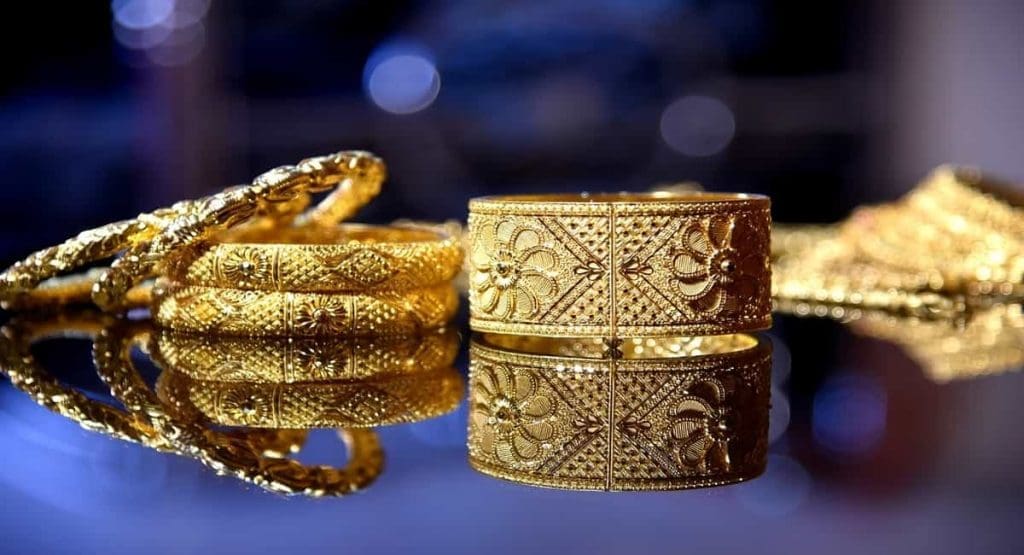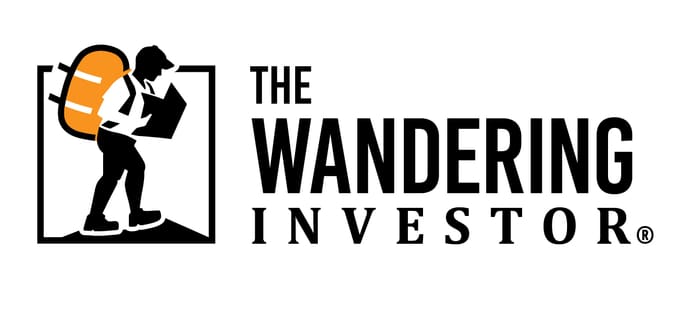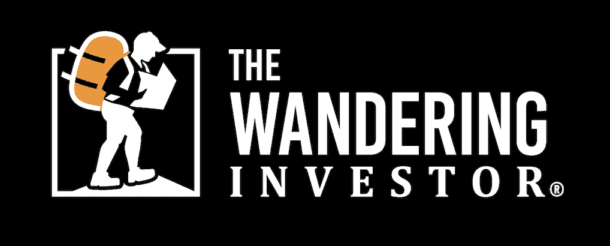So you’ve decided to invest in gold? Great, but how do you go about it, and what are the different ways you can invest in gold? As a gentle reminder, my first article, which was published in June 2019, made the point that everyone should invest in gold. Since then, the price has shot up significantly.
Enough self congratulating for now. Here are 8 ways to invest in Gold:
1. Gold coins
There are many options which are made by mints in various countries. Generally, you want to invest in major coins that are geographically close to where you are from. If in North America – Canadian Maple Leaf gold coins or American Gold Eagle coins. If in Europe – aim for the Austrian Philharmonic or British Britannia. Check your local market, but generally coins that have more liquidity in your market have lower spreads.
2. Gold bars
Just like coins, they come in many sizes, from 1 gram to a few kilos. The bigger they are the smaller spread they have. Generally, for investors, they start being interesting from 50 grams or 100 grams. Some are rather in ounces or Indian tolas. Again, aim for bars that are liquid in your market.
As for storage, there are many options: In your garden, in private vaults, in the bank (not recommended), or offshore. BullionStar in Singapore offers great gold buying, selling, and storage solutions. You can buy physical gold from the comfort of your home and have it securely tucked away in a top-notch jurisdiction.
3. Numismatic coins
Some that regularly pop up are American $20 St. Gaudens and Liberty’s, and French Napoleons. Here the play is that on top of its gold content value, there is a certain value attached to the inherent rarity of the coin. That value can go up & down just like in any market such a old stamps or watches. The question therefore for you is, are you willing to speculate on the numismatic value as well as the gold value? It’s a double play.
In any case, buy from a reputable shop. It’s very easy to get tricked into overpaying. Coins have different grades, and in some cases a single scratch can have a substantial impact on the value of the coin.
4. Gold jewelry

In some cultures, particularly in South Asia, people buy gold jewelry as an investment, and as their primary means of holding gold, and they can do so as the labour costs are low. It is a deeply entrenched cultural practice; gold offerings are a key element of local weddings.
In Western countries though, the spread on jewelry is much higher, so it doesn’t make sense as an investment. Also, the risk of getting scammed when buying jewelry is much higher.
4. Gold-backed crypto
Just like bitcoin, you can own these coins and simply store them on paper, in a crypto hard wallet, on your phone, in the cloud, or wherever. You combine the security of gold with the ease of transfer and mobility of crypto. In case of a major crisis, good luck going through airport security with your gold bars. Ask Venezuelans.
So great right? Well, there are many cryptos out there that claim to be entirely gold backed. How many of them are scams? Probably a few. But there are some serious ones as well. The exchange Kraken is a safe place to buy crypto.
5. Gold certificates
To make it easy, some banks offer gold certificates to their customers. So for example you can buy 1kg of gold through your bank, and your banker gives you a certificate certifying that the bank owes you 1kg of gold, or its equivalent in fiat currency.
Easy. But what’s the point? If your objective to own gold is insurance, then why entrust it to a bank who could very well go under, rendering your certificates worthless?
6. Gold ETFs
Gold exchange traded funds are the easiest way to buy gold. You simply buy some security that tracks the price of gold, et voila! No need for storage or anything, with just a click you have your gold exposure.
Or do you really? Some are entirely backed by gold, and others with derivatives. This means that there is (a lot of) extra counterparty risk. If one of the intermediaries goes bust, you end up losing your money or parts of it.
Some ETFs even track the price of gold with a velocity of x2, x3, and even x5. True yoyos, highly speculative, great to trade, but dangerous to hold.
7. Gold trusts
There are some funds that are fully backed by gold. They are more expensive than ETFs (higher management fees), but they hold the actual, physical gold in vaults.
So if the fund has 100,000 ounces of gold, and you own 1% of the fund, you have 1,000 ounces of physical gold, which you can typically claim and ask to be delivered. The counterparty risk is significantly lower than with ETFs.
8. Gold mines

This is the fun part, as it offers a lot of leverage and risk. Fortunes can be made, and fortunes can be lost. Within the mining sector there are various segments:
- Majors – major gold mining companies, that typically have mines all over the world.
- Intermediates – Intermediate producers that have a few mines.
- Juniors – developers or producers with one or two mines.
- Royalty and streaming companies – they help finance deals and get a % of output of mine production over x amount of years or over the mine’s lifespan.
- Prospectors and Explorers: Literally that, they don’t have gold. They are just looking for it. They hope to “strike gold”. Extremely risky, but hugely rewarding if they do.
Investing in gold mining takes skill, or good guidance. Personally I really like the Independent Speculator. He has a free mailing list with great insight on the mining sector. His entry level subscription service, “My Take“, includes the analyses of hundreds of mining stocks. It’s a great resource to avoid mistakes and help pick winners – the ROI is clear.
So how should you invest in gold?
The first stage is always to buy physical gold. It is the ultimate insurance policy.
For more exposure, especially with speculation in mind, there is no clear cut answer as everyone’s budget, risk tolerance and objectives are different. A gold portfolio should be built within the investor’s greater investment portfolio. I actively trade precious metals and mining shares, and it requires significant time investment.
Check out the Precious Metals section for more resources.
Subscribe to the PRIVATE LIST below to not miss out on future investment posts, and follow me on Instagram, X, LinkedIn, Telegram, Youtube, Facebook, Rumble, and Odysee.
My favourite brokerage to invest in international stocks is IB. To find out more about this low-fee option with access to plenty of markets, click here.
If you want to discuss your internationalization and diversification plans, book a consulting session or send me an email.


